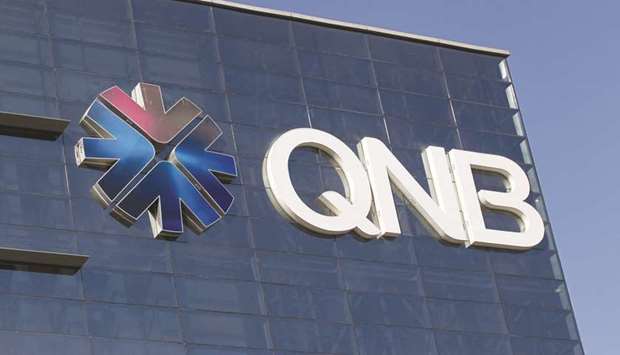*Qatar’s oil production increased to 615,000 barrels per day (bpd) in December from 599,000 bpd in November, QNB said in its ‘Qatar monthly monitor’
Qatar’s banks have seen their assets and credit growing in January, at 1.8% and 3.1% year-on-year (y-o-y) respectively, QNB said in its latest "Qatar Monthly Monitor".
However, local banks’ deposit growth was negative last month at -1.7% year-on-year. Private sector, public sector and non-resident deposits declined 0.3%, 4.3% and 4.4% month-on-month respectively in January, the report showed. Interbank rates remained stable in December.
Qatar's sovereign five-year credit default swap spread (CDS Spreads) remained stable at around 75 bps; QIBOR three-month interest rates remained stable while Libor three-month interest rates declined.
In terms of Qatar's fiscal and external balances, the report said the trade balance was marginally up 0.8% y-o-y in January.
The fiscal account remained in surplus at 1% of GDP in the third quarter while the current account surplus widened further.
The Qatar Central Bank’s (QCB) foreign exchange reserves rose 1.8% m-o-m to reach $49.3bn in December, equating to 8.8 months of import cover, QNB said.
According to QNB, Brent crude prices rose to average $60.2 a barrel in January; Qatar’s oil production increased to 615,000 bpd in December from 599,000bpd in November.
In January, Qatar’s headline CPI inflation slipped, it said.
In the third quarter of last year, Qatar’s real GDP growth accelerated on the back of a stabilisation in the hydrocarbon output.
Construction as well as finance and real estate led the way for a 4.3% growth in non-hydrocarbon GDP over the third quarter of 2018.
Industrial production was broadly flat at 0.3% at the end of the fourth quarter in December.
Qatar’s population increased 4.6% year-on-year to stand at 2.77mn in January; women made up 25.7% of the population, the report showed.
The 5-star and 4-star hotel occupancy rates were stable at 56% and 62% respectively in December, QNB said.




